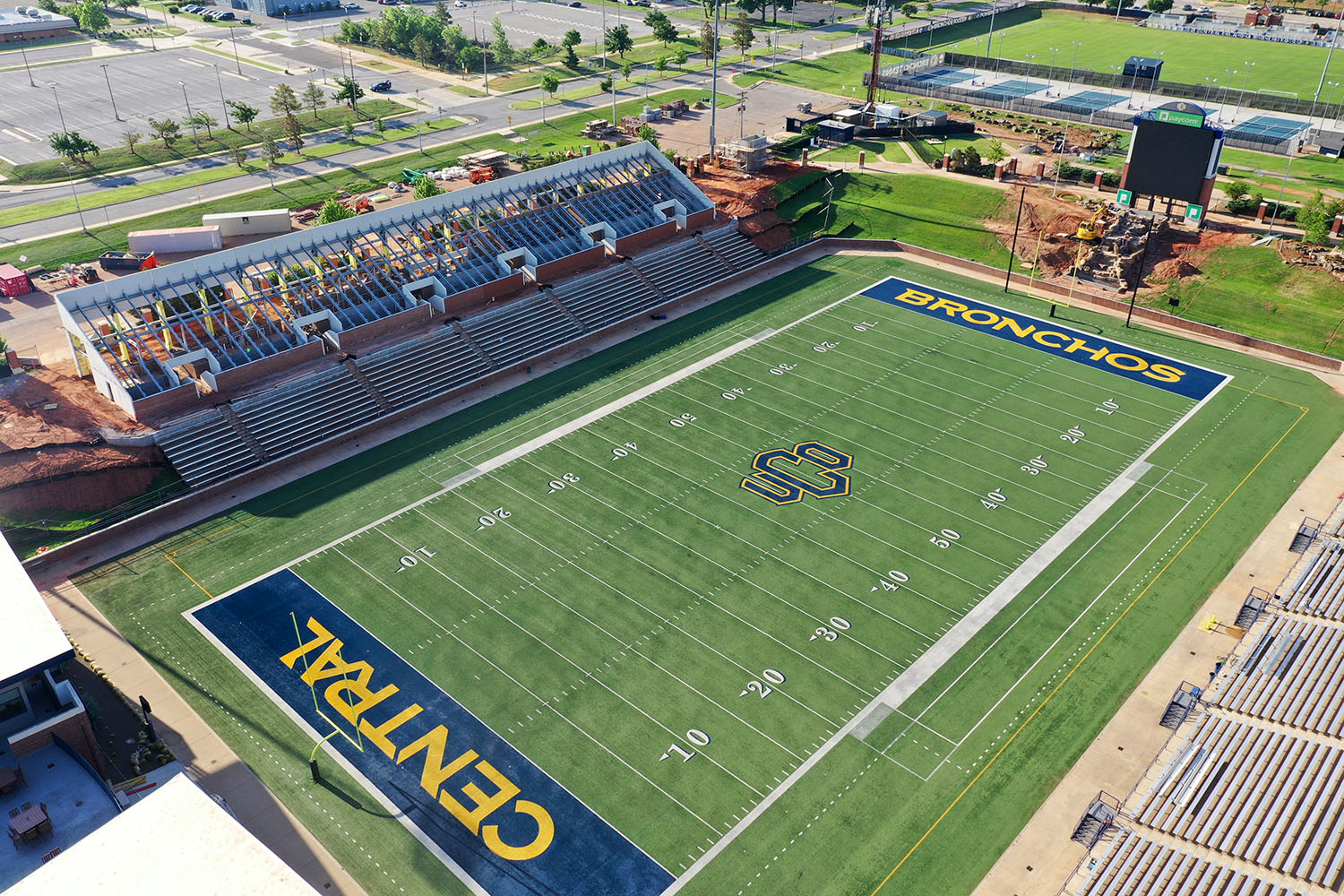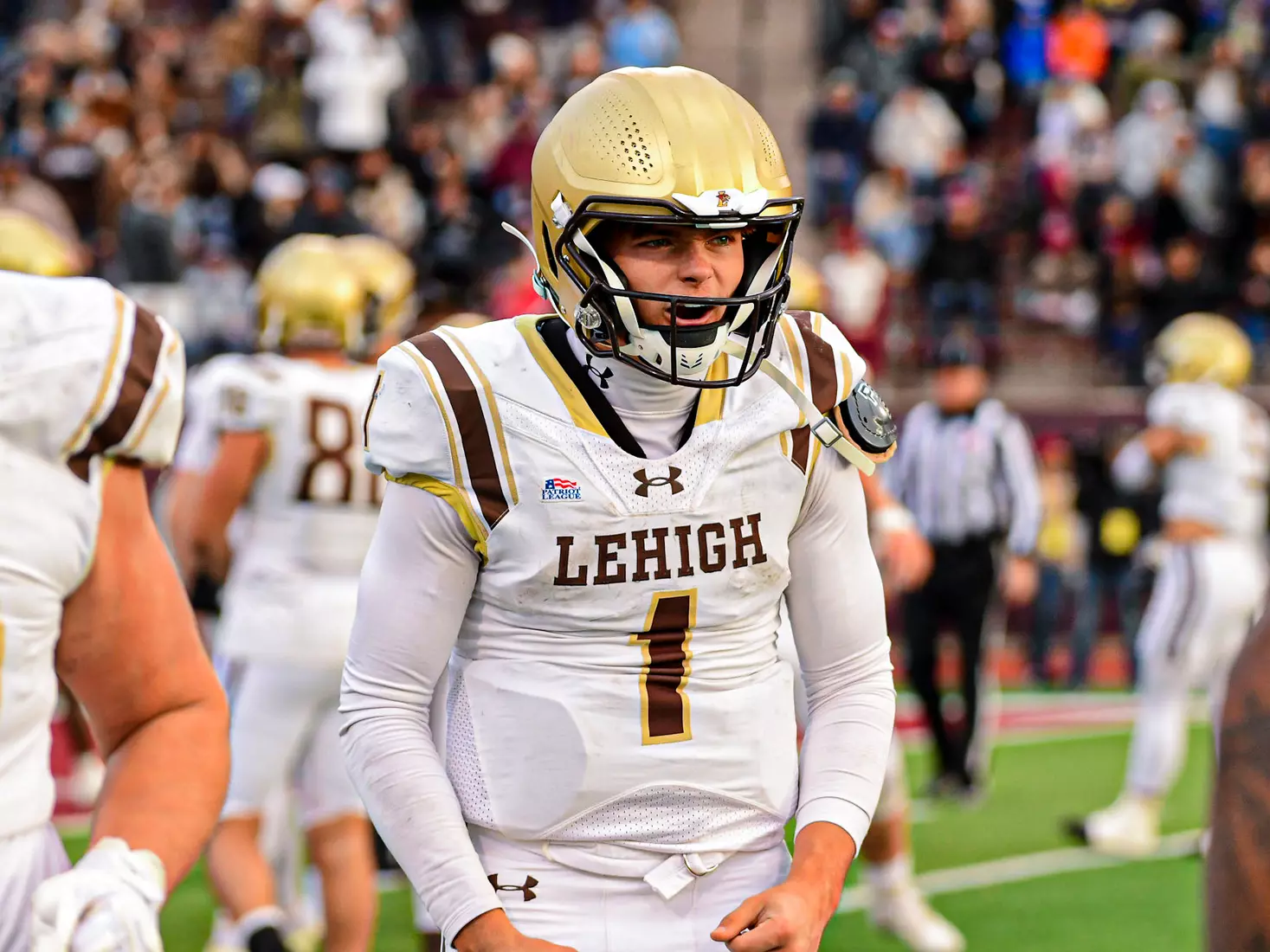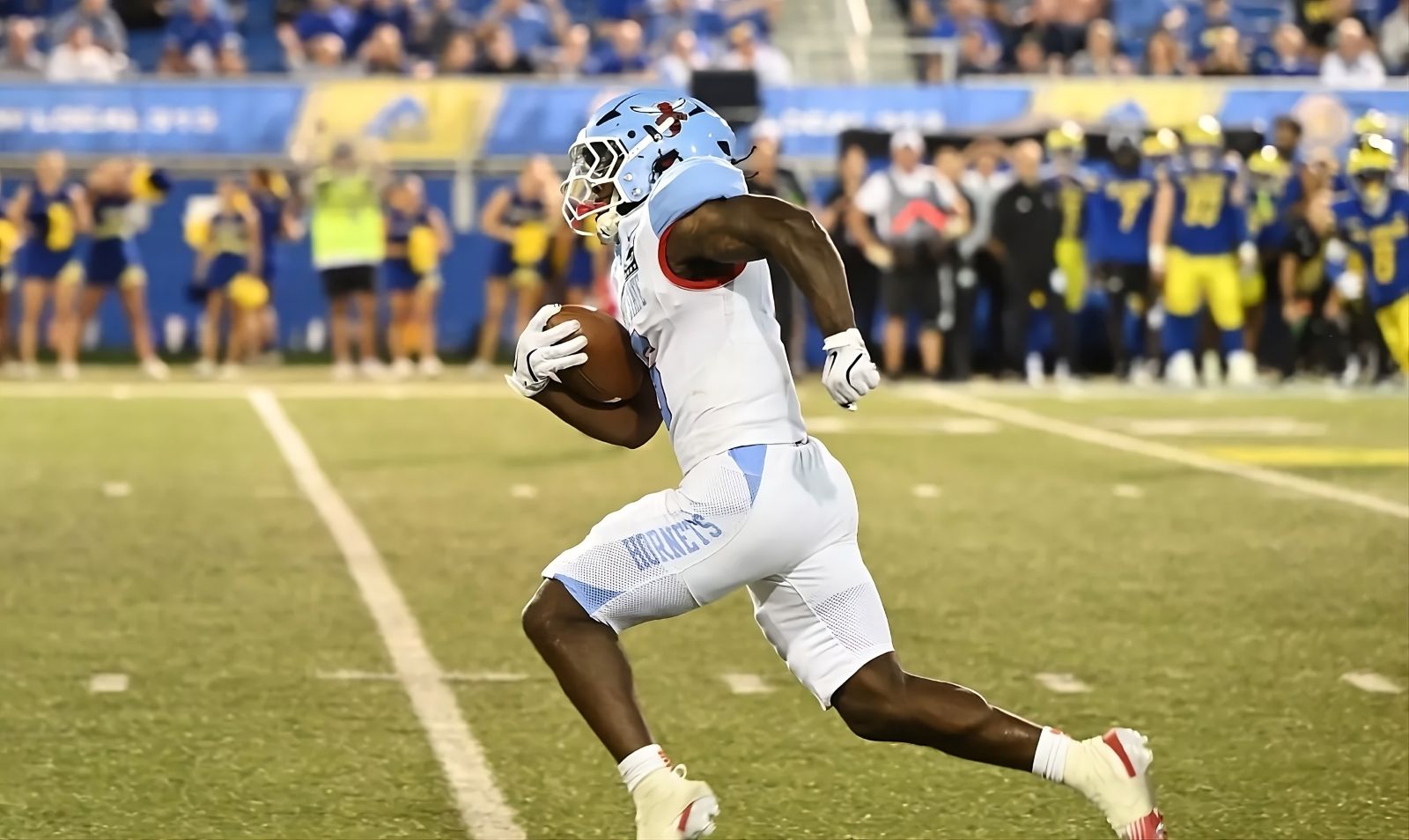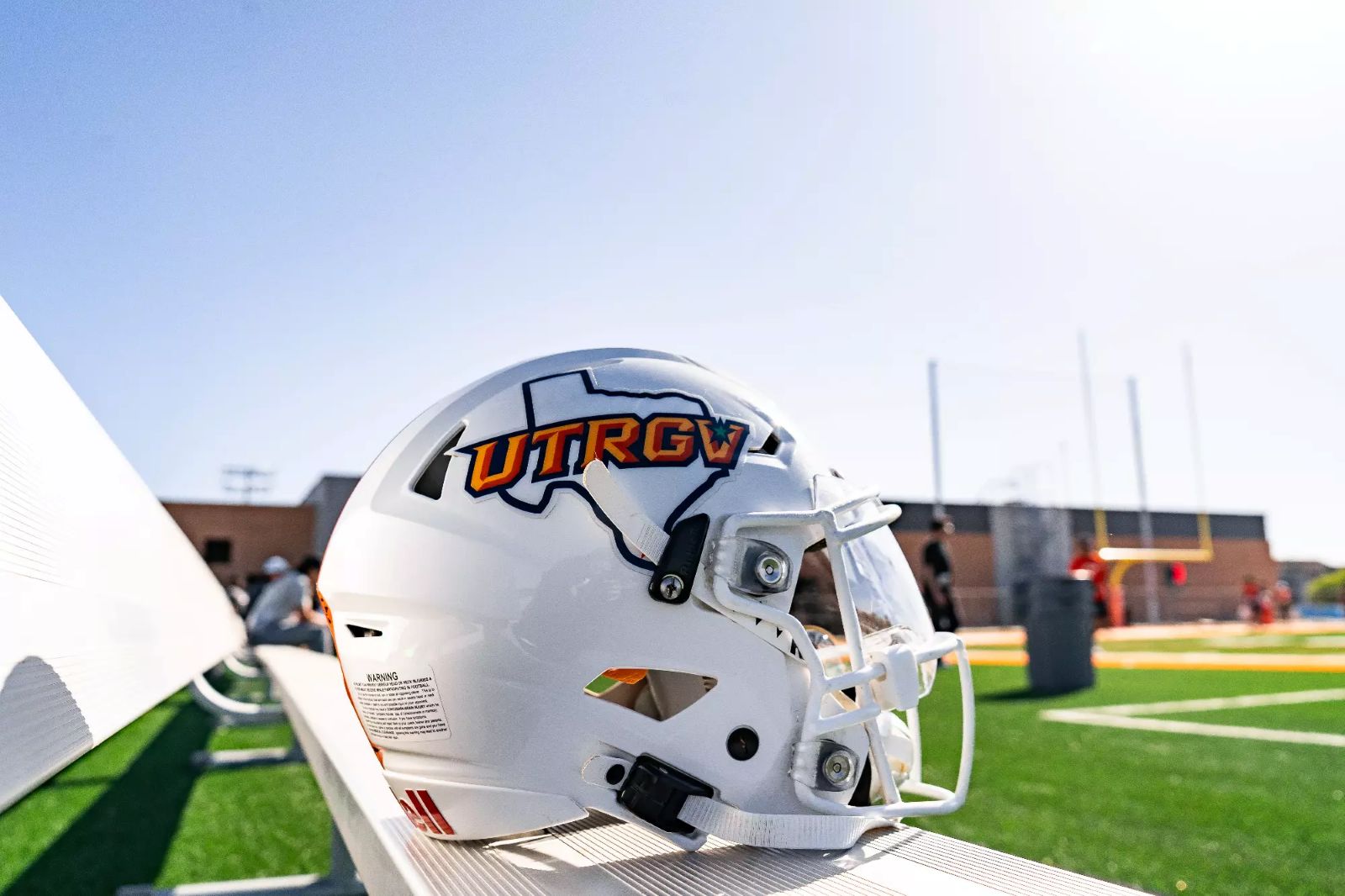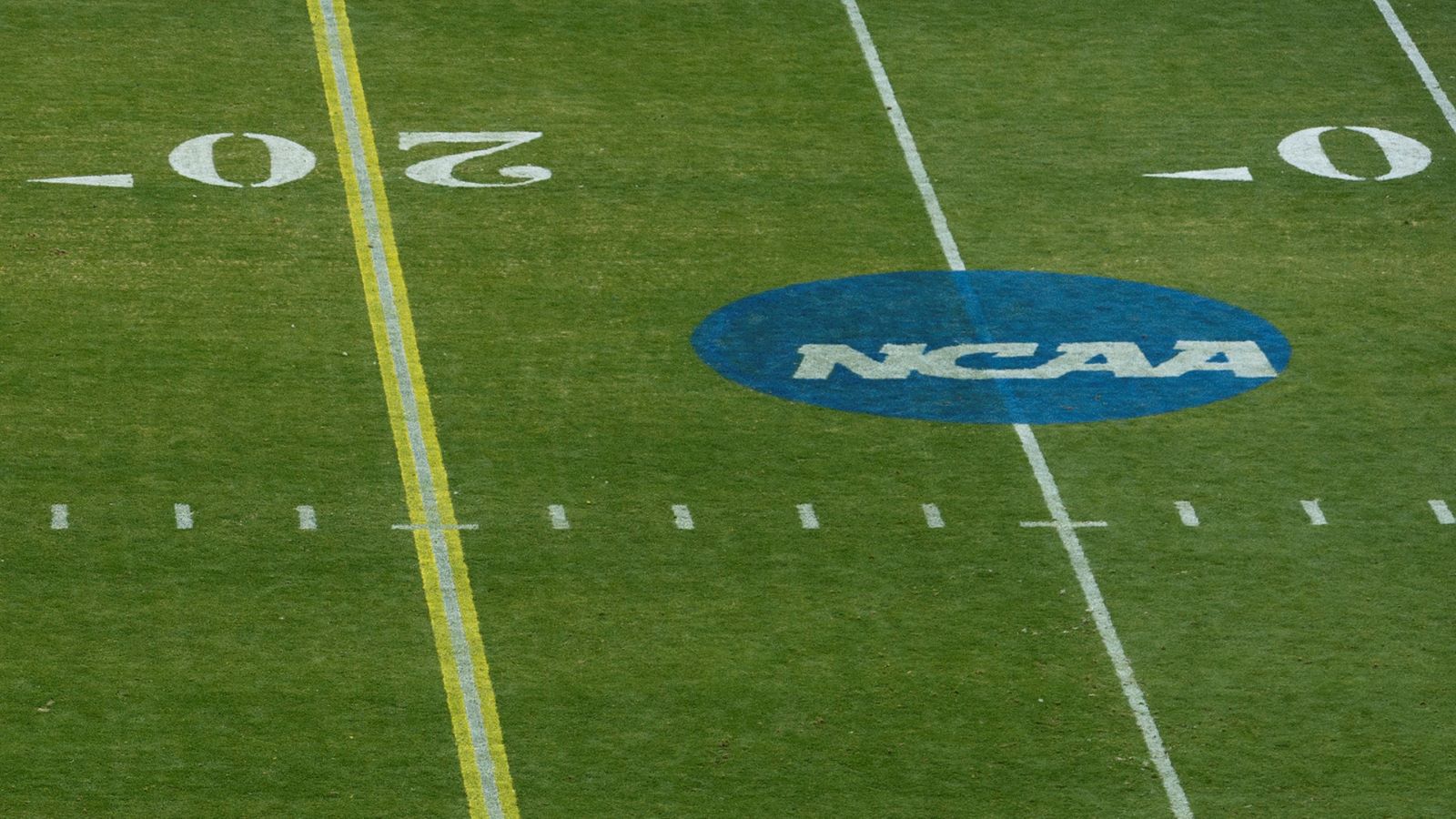The University of Central Oklahoma will look at all its options in a post-House world, according to a recent report in The Oklahoman. One of the possibilities could be a move to NCAA Division I and the Football Championship Subdivision (FCS). Of course, that assumes the House vs. NCAA lawsuit settlement comes to pass, which is far from a guarantee with another court date set for Thursday, September 26.
UCO has been linked to D-I in the past and the current athletic director Stan Wagnon acknowledged the idea of moving to the FCS has never been completely ruled out by the institution. Wagnon also stated that UCO could remain within Division II but any decision on the school’s future will rely upon the outcome of the House case. Wagnon has led UCO’s athletics department since August 2020 but has a long history in athletics and a deep understanding of how quickly the realignment landscape can change.
Wagnon’s father Skip oversaw the then-named Central State University’s reclassification from the National Association of Intercollegiate Athletics (NAIA) to NCAA Division II in 1988. Central State became the University of Central Oklahoma in 1991 and Stan Wagnon earned a bachelor’s from UCO in 1995. Stan Wagnon was the NCAA Division II Lone Star Conference commissioner from 2007 through 2014, which saw immense change due in part to the creation of the Great American Conference (GAC). In 2011, East Central University, Southeastern Oklahoma State, and Southwestern Oklahoma State left for the GAC while Central Oklahoma and Northeastern State left to join the Mid-America Intercollegiate Athletics Association (MIAA). In 2013, current FCS members Abilene Christian and Incarnate Word also left the Lone Star Conference to move to D-I with ACU joining the WAC (now in the United Athletic Conference for football) and UIW joining the Southland.
Wagnon was later named the commissioner of the NAIA’s Sooner Athletic Conference in 2016 and held the post until 2020. Like his Lone Star days, the conference had quite a bit of change with Central Christian College (2017), Oklahoma Panhandle State (2017), Langston (2018), and North Texas at Dallas (2020) joining as full members while Arizona Christian (2018), Ottawa-Arizona (2018), Lyon College (2018), and Texas College (2018) joined as football affiliates. Two schools left the SAC in his tenure with St. Gregory’s University closing in the middle of the 2017-18 academic year and Bacone College becoming an independent in 2019.
Central Oklahoma won the NAIA National Championship in 1962, moved to D-II from 1976 through 1978, and returned to the NAIA in 1979. The Bronchos lost the NAIA title game in 1979 but returned in 1982 to win a second NAIA national championship. UCO re-joined NCAA Division II and was a member of the Lone Star Conference from the 1988-89 academic year through the 2010-11 academic year. In 23 seasons as a member of the LSC, the Bronchos went 131-113-2 overall, 91-87 in LSC games, won back-to-back LSC titles in 1998 and 1999, and made four D-II playoff appearances although they never went beyond the second round. After spending the 2011-12 academic year as an independent, the Bronchos joined the MIAA in 2012-13 where they currently compete in most sports including football. In 11 seasons with the MIAA, the Bronchos have gone 58-65 overall, 54-64 in MIAA games, and made 4 D-II bowl games (3-1 record) but have yet to reach the D-II playoffs. Adam Dorrel – formerly the head coach at Abilene Christian from 2017 through 2021 – is in his third season as head coach of the Bronchos.
Central Oklahoma is the third largest school in Oklahoma and plays at the 12,000-seat Chad Richison Stadium in Edmond, which underwent renovations in 2022 following a $10 million gift from Paycom CEO Chad Richison. Should Central Oklahoma decide to make the Division I jump, it would make them the lone FCS program in Oklahoma. The school would also need an invite from a current Division I Conference with the Southland and United Athletic Conferences as the most likely destinations but the possibility hinges on the tenuous nature of NCAA litigation while the ultimate destination could depend on other realignment moves. Beyond the House settlement, should it come to fruition, is the enrollment cliff that will present a new set of challenges for colleges to navigate with the combination of the final House stipulations and fewer students set to impact athletic departments around the country.
Photo Credit to the University of Central Oklahoma Athletics

